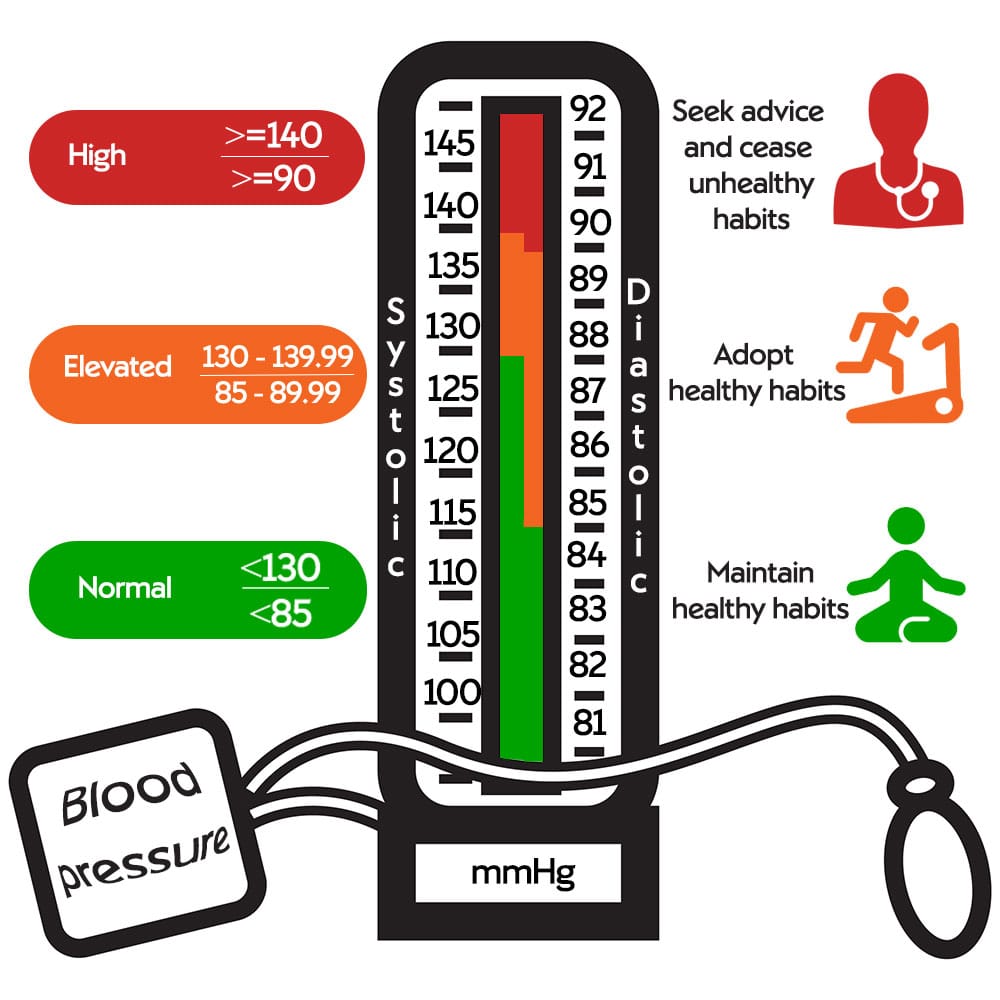
Hypertension: What You Need to Know
High blood pressure is one of the biggest risk factors for heart disease and stroke, but the good news is that it’s manageable. Here’s how we diagnose, investigate, and treat it based on the latest NICE guidelines.
1. Diagnosing Hypertension
✔ Accurate BP Measurement Matters – Use a properly fitted cuff and a reliable device.
✔ If clinic BP is high (≥140/90 mmHg), confirm it with ambulatory (ABPM) or home monitoring (HBPM).
How we classify hypertension:
- Stage 1: Clinic BP ≥140/90 mmHg, ABPM/HBPM ≥135/85 mmHg.
- Stage 2: Clinic BP ≥160/100 mmHg, ABPM/HBPM ≥150/95 mmHg.
- Severe Hypertension: Clinic BP ≥180/120 mmHg → Needs urgent review.
2. Essential Checks
If someone is diagnosed with hypertension, we take a whole-body approach to assess their health.
✔ Blood Tests – Check kidney function, cholesterol, and blood sugar.
✔ ECG – To check the heart for thickening or irregular rhythms.
✔ Urine Test – Look for protein, which can signal kidney strain.
✔ Eye Exam – To check for damage caused by high blood pressure.
For younger patients (under 40) or those with sudden, severe hypertension, we also check for possible underlying causes like hormonal issues or kidney disease.
3. Managing High Blood Pressure
A. Lifestyle First – Small Changes, Big Impact
Hypertension isn’t just about medication. Making a few lifestyle changes can lower BP naturally and improve overall health.
✔ Cut Down on Salt – Aim for less than 5g per day.
✔ Eat Smart – More fruit, veg, and whole grains (DASH diet).
✔ Stay Active – At least 30 minutes most days.
✔ Maintain a Healthy Weight – Even a small drop can help.
✔ Limit Alcohol & Stop Smoking – A big win for heart health.
B. Medication: The Right Fit for You
If lifestyle changes alone aren’t enough, we use a step-by-step approach to medication, tailored to age and ethnicity.
Step 1: First-Line Treatment
- Under 55 (or not Black): Start with an ACE inhibitor (Ramipril) or ARB (Losartan).
- Over 55 or Black ethnicity (any age): A calcium channel blocker (Amlodipine) works best.
Step 2: Adding a Second Medication
- Combine ACEi/ARB + CCB (e.g., Ramipril + Amlodipine).
- If CCB isn’t tolerated, swap for a thiazide-like diuretic (Indapamide).
Step 3: Triple Therapy
- ACEi/ARB + CCB + Thiazide-like diuretic.
Step 4: If BP Is Still High (Resistant Hypertension)
- Check for secondary causes.
- Consider adding Spironolactone (if potassium is normal) OR an alpha/beta-blocker.
- If BP remains uncontrolled, refer to a specialist.
4. What’s the Target?
✔ Under 80 years: Clinic BP <140/90 mmHg, Home BP <135/85 mmHg.
✔ Over 80 years: Clinic BP <150/90 mmHg, Home BP <145/85 mmHg.
✔ Diabetes? Aim for <130/80 mmHg to protect the kidneys.
5. Special Situations
✔ Severe Hypertension (≥180/120 mmHg + symptoms) → Consider Immediate hospital referral.
✔ Pregnancy: Safe options include Labetalol, Methyldopa, or Nifedipine LA (avoid ACEi/ARBs).
✔ Diabetes or Kidney Disease? BP targets are tighter to prevent complications.
Hypertension is very treatable, and even small changes can make a big difference. Whether it’s adjusting diet, staying active, or finding the right medication, the goal is the same: keeping blood pressure under control and protecting long-term health.






